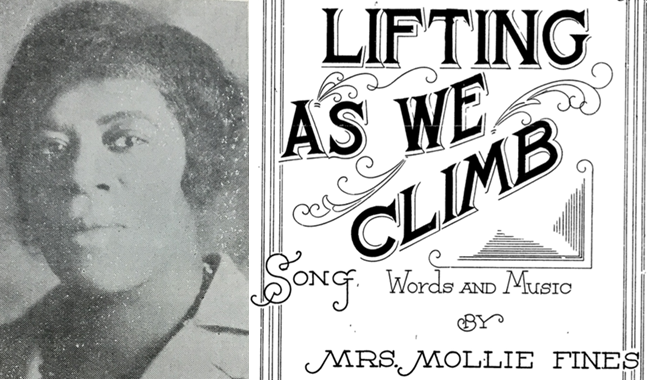
Finding Mollie Fines
Wichita’s newspaper, The Negro Star, helps document the remarkable life of Mollie Fines, and shows that she regularly used new musical experiences to create new opportunities.
There is no historical or geographical limit on what can be covered. There is no restriction on the style or genre of song or singing.
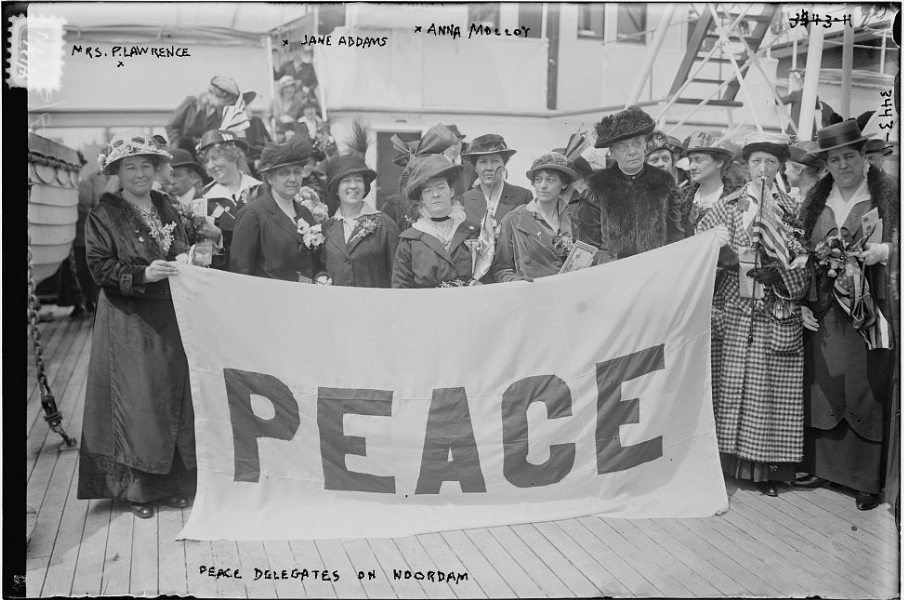
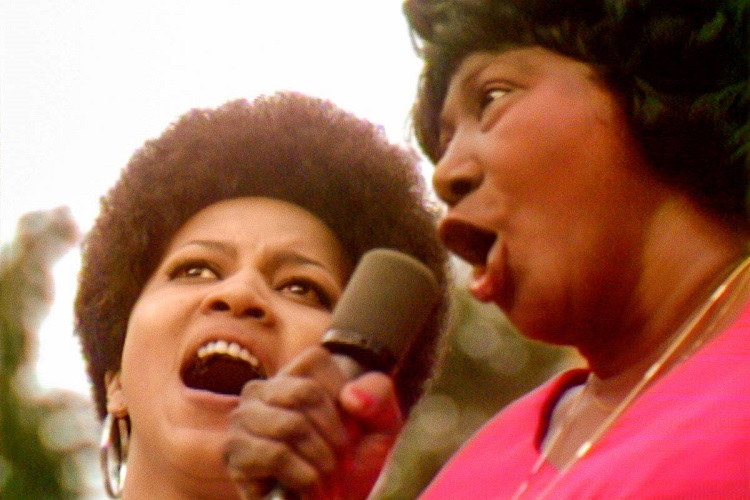

Wichita’s newspaper, The Negro Star, helps document the remarkable life of Mollie Fines, and shows that she regularly used new musical experiences to create new opportunities.

Ascensión Mazuela-Anguita finds that Lomax’s 1952-53 recordings help us to understand the political situation under Franco, life in impoverished Spain, and the moral constrictions faced by women.

The momentous recovery of the long-missing alto partbook of Maddalena Casulana’s five-voice madrigals in the Russian State Library makes possible their first recording.
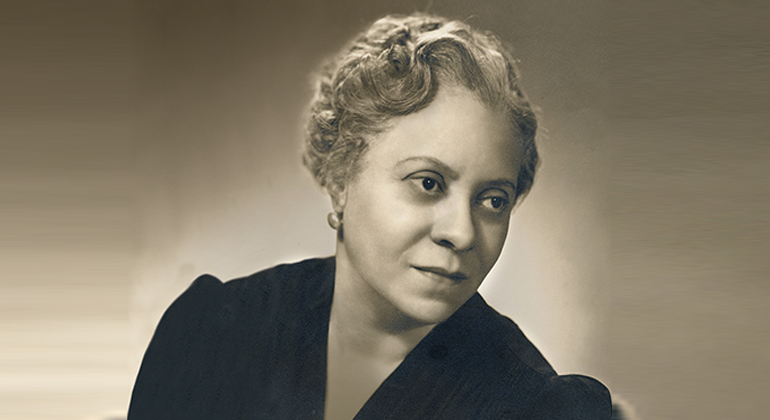
John Michael Cooper interprets Florence Price’s songs, “To My Little Son” and “Brown Arms (To Mother),” as responses to the painful losses of her son and her mother.
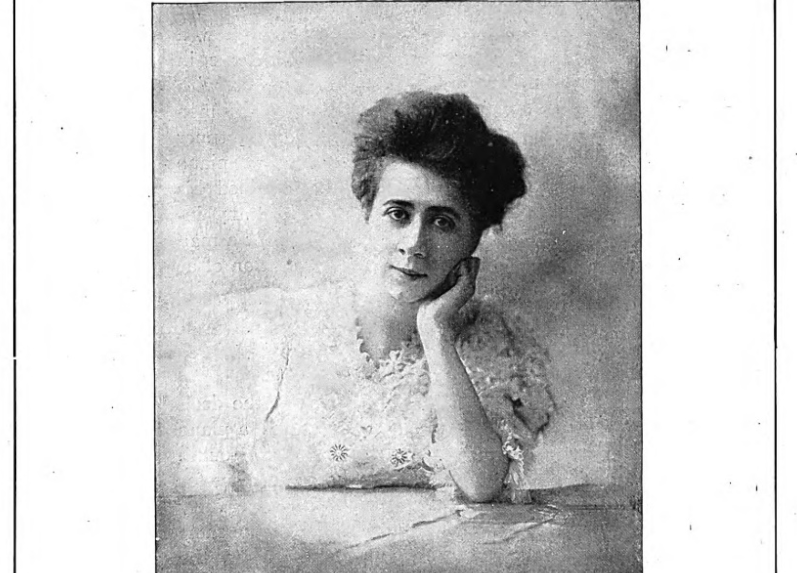
“Boat Song” was Harriet Ware’s best-selling song. In particular it became a standard for two unexpectedly allied groups of singers: professional men and amateur women.
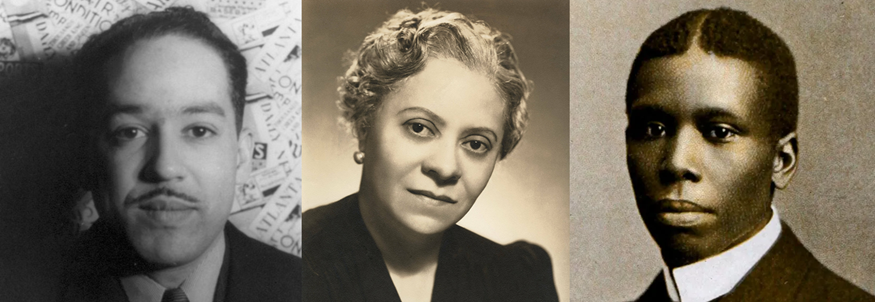
A playlist of 11 songs (and 12 stellar performances) of songs Florence Price wrote to poems by Langston Hughes, Paul Laurence Dunbar, and three Black women poets.
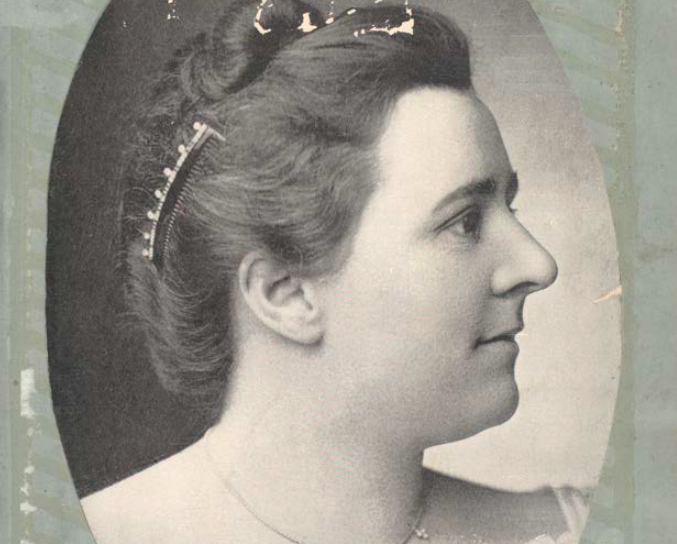
In her second post, Heather Platt tracks Villa Whitney White’s lecture-recitals of German lieder from 1895–98. Unusually, White sang complete song-cycles and songs written for men.

There are at least two ways to read this striking image of Vivien Lambelet: one personal, the other professional. One reading doesn’t exclude the other.

Heather Platt discusses an unusual lecture-recital held in Denver in 1898 that brought together songs of Native Americans, Blacks, Creoles and whites. Women’s clubs and Villa Whitney White made it happen.

In this post we turn to “Dog Teeth” by Nicole Dollanganger and to “Gatekeeper” by Jessie Reyez. Content Warning: Discussion of rape and disturbing lyrics.